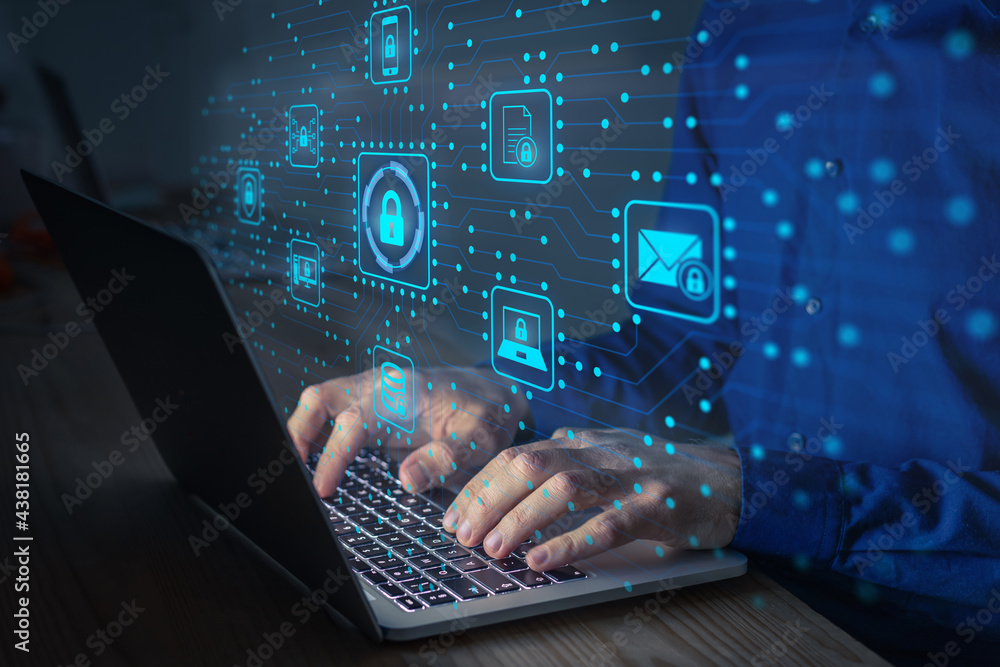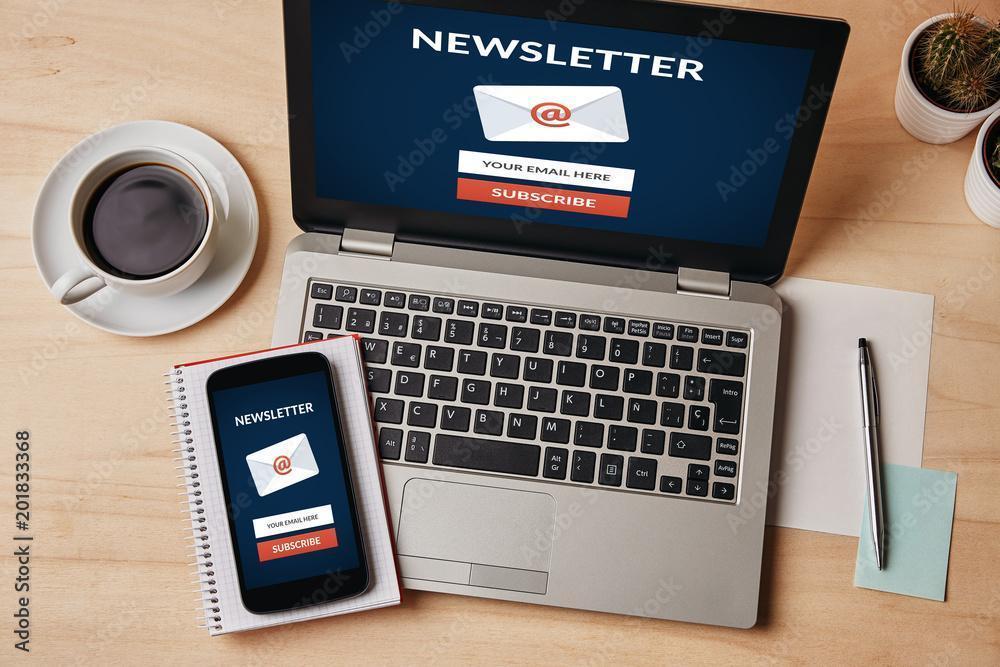Did you know that email is still the number one communication channel between humans! Yes, with so many communication devices we still heavily rely on email as the number 1 method of contact! As a security professional this explains why so many cyber-attacks originate through email and why I decided to write a blog on email security.
To help me conduct some research and development, can you go HERE and complete this 15-second survey on email security?
This will contribute to my independent study of email security and how to effectively decrease cyber-attacks through email.
I can’t begin speaking about email security basics without explaining what email is for non-techies. Email can be described as mail in an electronic form. Some popular electronic mail platforms that we use for our electronic mail are Gmail, Yahoo, and Microsoft. These platforms provide us the ability to use email to communicate for personal or business purposes. So now that I have explained what email is and what we use it for, let’s jump into why you are reading this blog.
4 Simple Methods for Email Security
So without getting too technical and losing a large part of my audience, I am going to attempt to explain email security basics in a way that resonates with just about everyone! For many years, mail has been the form of communication amongst people, dating back to the 18th century. Messengers would carry letters long distances for political, business, and personal reasons. Royalty would often sign, seal and mark the mail to hold its confidentially and integrity. Fast forward to the 20th century, people still use paper mail and take precautions to protect their messages. Simple countermeasures like putting the message in an envelope to protect the integrity of the message or using a P.O box as a return address to protect your real address are basic mail security practices. So I ask you, yes you the reader, do you practice email security? Do you know what basic email security is? My top 4 basic email security practices to keep you and your digital assets safe are 1) Use data encryption 2) Identify Phishing Scams 3) Download with caution 4) When in doubt, pick up the phone and call.
Data Encryption
Imagine sending a message without an envelope, well this is similar to a user sending an email without encrypting the data. In laymen’s terms, encrypting your data means making the data unreadable to someone without a key to decrypt the message. This adds a layer of protection to your message in the event it’s compromised.
Identifying Phishing Scams
A phishing scam is designed to trick a user into clicking a malicious link or completing an odd task that will compromise your system or business. Beware of emails claiming that “your account is on hold and we need you to make a payment” or “we are contacting you to verify some information, what is your SSN.” To avoid these types of scams, just know that if it sounds too good to be true, more than likely it is.
Download with Caution
Malicious links hide in .exe, .doc .pdf files, which is why you should use EXTREME caution when opening email attachments. Even if you are familiar with the sender, always run a scan on email attachments before opening them. This decreases the chances of you clicking a malicious link.
When in doubt, pick up the phone and call
If you receive an unusual email requesting personal information or complete an unusual task from a legitimate source. PICK up the phone and contact them to see if it’s really them sending the messages.
Basic Practices for Email Security
Other Best Practices for Email Security include protecting your login information & using secure networks while accessing your email.
As a general rule of thumb, you shouldn’t access sensitive information like your email while on public wi-fi. If you do need to log in at your local coffee shop, using a Virtual Private Network (VPN) & other security software programs can help to protect you on the go. When it comes to your email logins, you definitely need to cover your passwords in public places along with digitally protecting yourself. According to the U.S. Cybersecurity & Infrastructure Security Agency (CISA), there are 6 Steps for Protecting your Email Logins:
- Use multi-factor authentication when available
- Use different passwords on different systems and accounts.
- Don’t use passwords that are based on personal information that can be easily accessed or guessed.
- Use the longest password or passphrase permissible by each password system.
- Don’t use words that can be found in any dictionary of any language.
Refer to Tips on Choosing and Protecting Passwords and Supplementing Passwords for best practices and additional information.


OQPS Free Consultation: Evaluating Your Email Vulnerabilities
OQP Solutions helps businesses analyze their vulnerabilities for data breaches including their email security. If your company’s email systems have been the target of phishing attempts or you’d like to know your risk levels, schedule a consultation with OQP Solutions to get started!
Securing Email from Cyber Attacks Sources:

Cyber Hygiene Newsletter by OQP Solutions
Subscribe to our mailing list to stay up to date with all the latest trends, tips, tricks, & industry news. Coming Soon: Cyber Security Webinars.

0 Comments